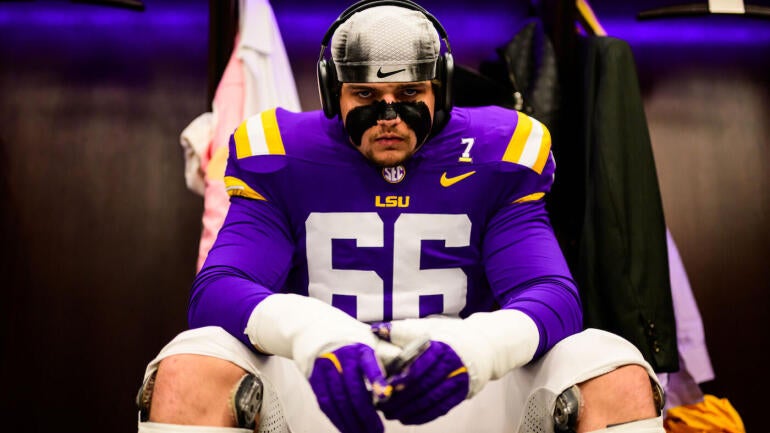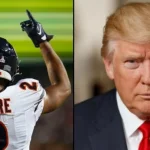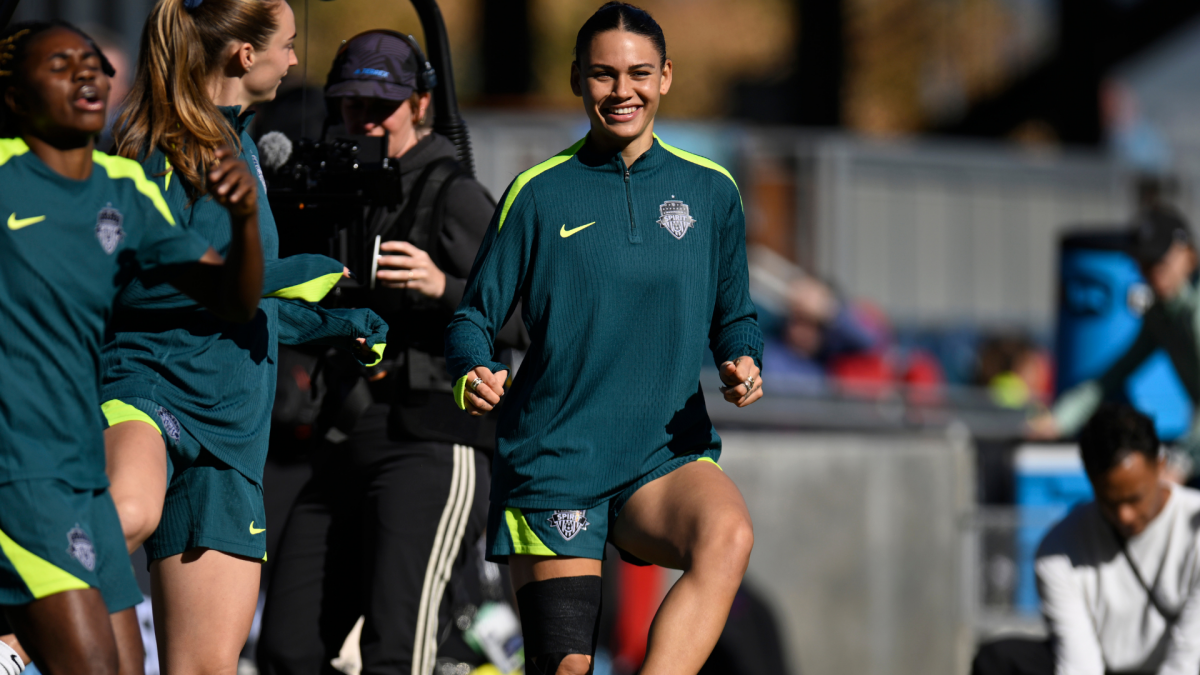

The New England Patriots plucking LSU’s Will Campbell out of the NFL Draft is a complicated mix of a safe selection along with one that brings with it some inherent risk, hardly what you’re looking for from a fourth overall pick.
On the one hand, Campbell addresses the club’s biggest need. Throughout New England’s free agent spending spree that saw the likes of Milton Williams, Robert Spillane, Morgan Moses, and Stefon Diggs come to town, the left tackle position was left barren. That seemed to telegraph what the Patriots planned to do at the draft by bringing Campbell aboard, and on the surface, should be looked at as the final key piece to this overhaul along the line, coupled with the signings of Moses (who’ll play right tackle) and center Garrett Bradbury.
If you were to ask a local New Englander waiting in line at Dunkin’ back in January what the biggest need for the Patriots was, the large majority would’ve pointed to left tackle. And they’ve since answered that with Campbell. So what’s the problem? Well, it’s up for debate if the Patriots actually found a left tackle.
Like all prospects, Campbell was put under the pre-draft microscope and during that process was scrutinized for his less-than-ideal arm length. At the NFL Scouting Combine, the 21-year-old measured in with 32 5/8-inch arms, which is short for a starting-caliber left tackle in the NFL. He also logged a 77 3/8-inch wingspan.
With those measurables, Campbell would be something of an anomaly if he were to live up to his draft billing and become one of the top players at his position. As pointed out by the Boston Sports Journal, there were only six starting tackles with sub-33-inch arms last season, and none of them have been named an All-Pro or to the Pro Bowl. Moreover, of the 164 offensive linemen drafted in the first two rounds since 2011, 26 of them registered arm lengths of 33 inches or shorter along with a wingspan of 80 inches or shorter. Only three became a starting tackle, all on the right side.
Now, that’s not saying Campbell can’t be a left tackle. After all, he was a back-to-back first-team All-SEC player at LSU, working as the blindside tackle and going up against NFL-caliber pass rushers every week. In his collegiate career (1,508 pass blocking snaps over 38 starts), Campbell gave up just five sacks and 37 pressures.
So, judging by his résumé and what we’ve seen on the field, he can do the job. That said, the history of players with his measurements makes what should be a slam-dunk selection — given the team’s need — risky, especially considering the draft capital involved. If this were a later selection, the questions surrounding Campbell admittedly wouldn’t be as loud.
Campbell being the team’s left tackle of the future will be up for debate throughout the early stages of his career, but his floor remains higher than most other prospects. For instance, if they were to take a wide receiver (another need) and he flamed out at his position, it’s a wasted selection. With Campbell, he has the ability to slide in at guard and likely play that position at a high level if things do not work out at tackle, making the pick safer than most, knowing that you’re getting a starter regardless.
Of course, the Patriots have had some success drafting guards with the No. 4 pick (John Hannah, 1973), but that’s not what they’re hoping for here with Campbell, making Thursday’s selection — the first of the Mike Vrabel era — a fascinating wait-and-see.
This news was originally published on this post .








Be the first to leave a comment